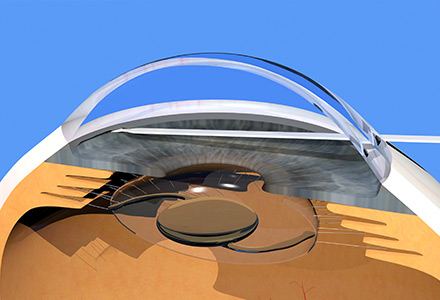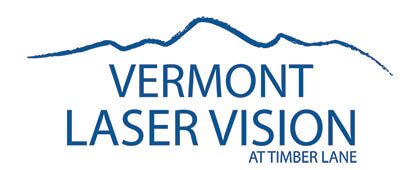In some rare instances, glaucoma is not adequately controlled through the use of topical eye drops, oral medications or laser surgeries. For these patients, it may be necessary to undergo a more involved surgery to further decrease eye pressure. There are several surgeries that can help treat glaucoma.
The type of treatment that the doctor recommends is based upon the type and severity of the glaucoma. General eye health and age are also factors in determining which treatment option is most appropriate. Surgery can help to lower eye pressure when conventional treatments, such as eye drops, are insufficient at maintaining an adequately low eye pressure. Unfortunately, there are no current treatments that can reverse vision loss that has resulted from glaucoma. It is the goal of your eye doctor to preserve the vision and to decrease the change of additional damage and loss of vision.
These types of incisional glaucoma surgeries may be indicated if a patients glaucoma is refractory to other less invasive treatment options.
Drainage Implants (Tube Shunts)
Tube shunts are another type of glaucoma surgery that can be used when medical therapy has proved to be inadequate. The procedure involves implanting a small silicone tube into the anterior chamber of the eye. A tiny plate is also placed far back in the eye, under the muscles that control the eye movement. The fluid that drains from the tube collects in a pocket of scar tissue that forms around the plate and is eventually re-absorbed by the tissues surrounding the eye. The tube and plate are hidden by the eyelids and are not easily visible. Furthermore, once the healing process is complete, patients do not feel the presence of the tube.
Filtration Surgery (Trabeculectomy)
If all medical therapy fails to lower the eye pressure adequately, a surgery to create an alternative drain for the eye may become necessary. A trabeculectomy creates a pathway for fluid to leave the eye and form a small elevation underneath the skin on the surface of the eye called a bleb. From the bleb, the fluid can then be absorbed by the tissues surrounding the eye. This bypasses the eye’s own internal drainage system and can allow for the pressures to be lowered dramatically. Ideally, the procedure allows for discontinuation of pressure lowering medications. Studies show that 50% of patients no longer need medications after surgery. Another 35-40% of patients will still need medications after surgery, but their glaucoma is under much better control.



